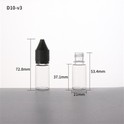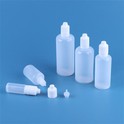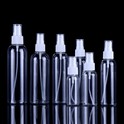- Plastics are derived from natural, organic materials such as cellulose, coal, natural gas, salt and, of course, crude oil. Crude oil is a complex mixture of thousands of compounds and needs to be processed before it can be used. The production of plastics begins with the distillation of crude oil in an oil refinery. This separates the heavy crude oil into groups of lighter components, called fractions. Each fraction is a mixture of hydrocarbon chains, which differ in terms of the size and structure of their molecules. One of these fractions, naphtha, is crucial to the compound production of plastics.
- Making Plastic by Adding Carbon Dioxide It is extraordinary that plastic can be made using petroleum. However, it takes a lot of petroleum to make plastic. Various attempts were made to prevent the depletion of this important resource. In December 2009, the Novomer company announced the commercialization of polypropylene carbonate (PPC) material using a combination of carbon dioxide and petroleum. By adding carbon dioxide, the oil needed to make plastic is reduced by half. the effect of detergents on a fish activity you can make as additional information.
- Making Plastic from Corn. The carbohydrate sugar found in corn can be used to make plastic called polylactide polymer. The discovery of plastic made from corn has reduced our dependence on non-renewable petroleum. Plastic made from corn will melt when heated more than 114 ° C, so that plastic made from petroleum is still used today.
Nov 03, 2022
why are plastics used daily
Send Inquiry






